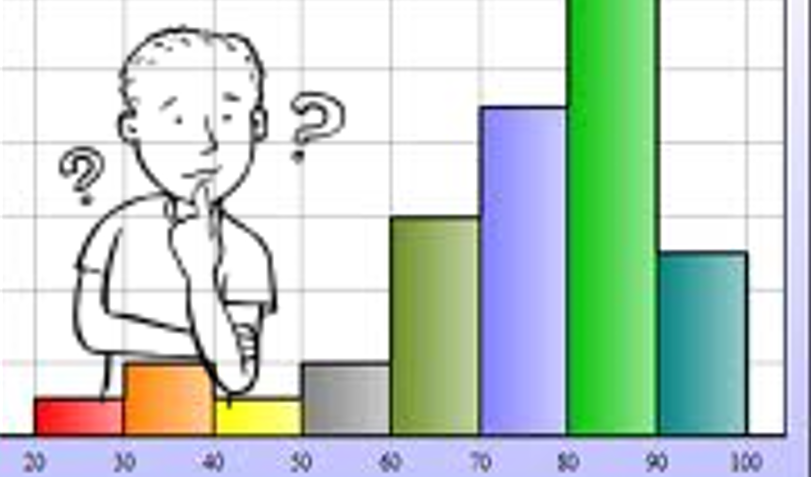Summary
When is the last time you used a straw? If you are a typical American it was today! We use these plastic cylinders all the time, but wait until you see what these math students uncovered about straws. We drank water until we had to wear out the bathroom pass in the name of data collection. Does the diameter of a straw affect the rate at which you can drink through it? We found out in this problem-based learning unit that incorporated diameter and area of circles; mean, median, mode, range, and how outliers affect measures of center of data; ratios and rates; multistep decimal word problems; ordering decimals least to greatest; and finding fraction, decimal and percent of profit! Students tested five different types of straws, repeating the trial for each straw many times to collect enough data to eliminate individual differences in drinking rates for different kids. Students collaborated in real-time using a Google Doc spreadsheet to record data, and a Google Doc presentation to analyze and share their findings, incorporating snips from web-based research, digital camera images, and digitally created charts and graphs. We learned about the huge number of straws used each year, and the huge volume of soda and coffee consumed each year, and the nutrition of these drinks. Not only did students apply a range of Math 6 standards to a real life problem, but they pushed themselves to think beyond the straws to consider their impact on the environment, our wallets, and our waistlines!
TIPC Ratings
Approaching: Students developed the questions to guide our research, and located answers to their questions by searching on the internet, as the teacher modeled search techniques and the students determined the reliability of sources. Students collected images and text and used Google Presentations to compile and share the research gathered, to address the authentic task of this project.
Approaching: Students worked in changing groups to complete various tasks as they discovered the need for them. Sometimes students were assigned to groups, but more often they chose partners or small groups based on interest and ability to complete varied tasks necessary to move the project forward. Students communicated verbally and on the Google Doc with members of their own group and across groups. They did also reflect on their roles as effective communicators/collaborators at the end of the activity
Ideal/Target: Use of jigsaw cooperative groups allowed me, as teacher, to move around the room facilitating and teaching necessary skills as they arose. Students worked to complete authentic tasks that brought misconceptions to the surface so that they could be addressed and meaningful learning could take place. In other words, students had a “need to know”. Students combined use of various digital tools to solve problems and conducted research to find further reaching connections for straw math. They evaluated and made decisions, while justifying their conclusions, using student selected digital tools.
Ideal/Target: Learning styles were definitely incorporated as our two avid library visitors chose to tackle the tasks that involved more reading and writing, translating words to math; those who think more in terms of numbers and patterns gravitated towards those tasks. The product that we worked together to create definitely was not pre-determined. It changed and grew as students and teacher came up with new ideas and inspirations. The students had control of the end product and information collected. They were able to make creative choices throughout the process and think of innovative solutions to the problem of plastic consumption, sugar intake, and the negative impacts of our consumerist society.






